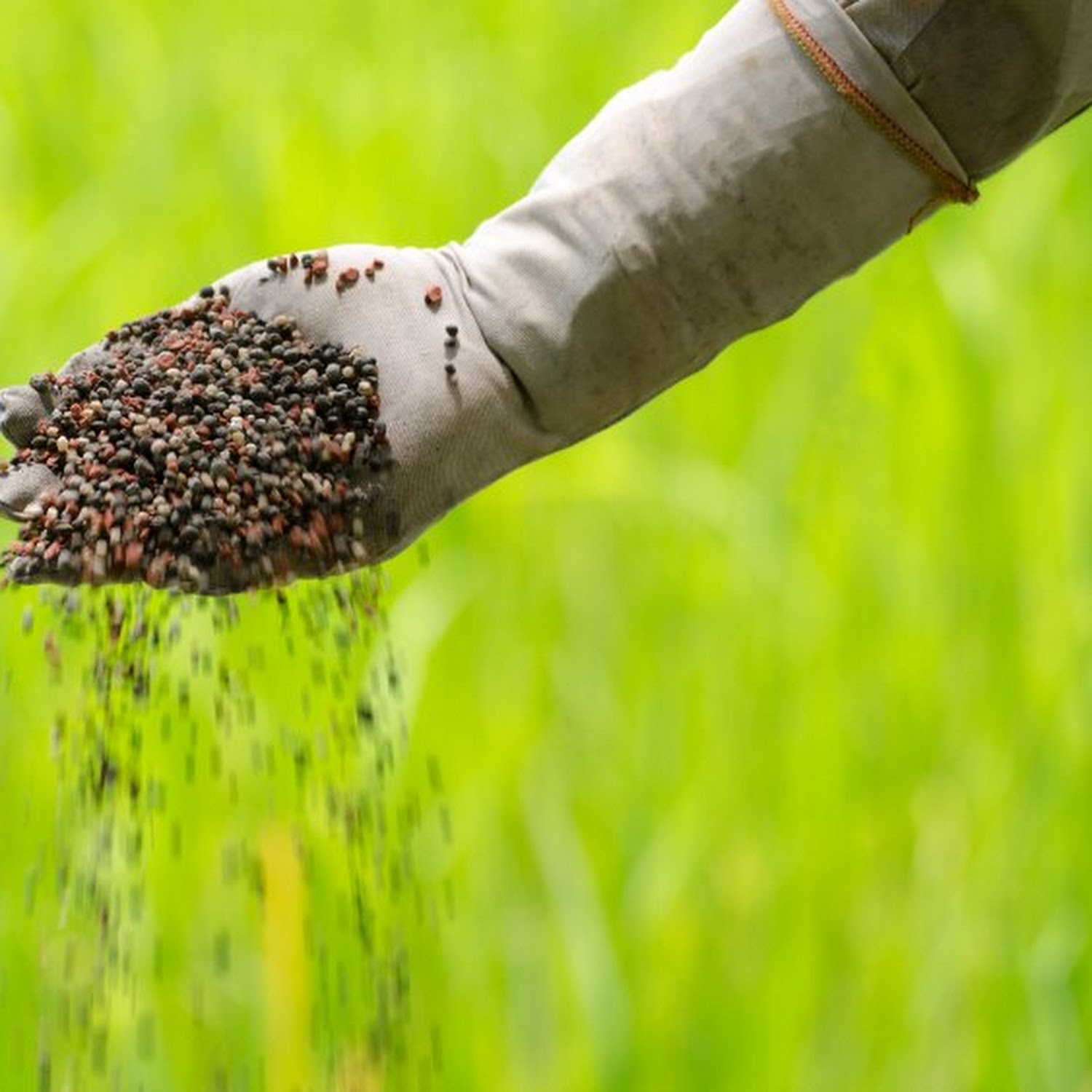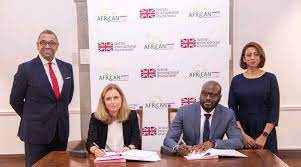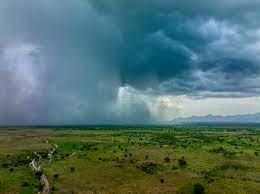Rapidly rising fertilizer prices are forcing farmers to reduce output and the world’s poorest continent is expected to be hardest hit, with Angola, Malawi and Zimbabwe most at risk in the Southern African region, according to Food and Agriculture Organisation (FAO).
Sanctions on entities within major fertilizer exporter Russia after the invasion of Ukraine and a jump in the price of gas, crucial in the manufacture of nitrogen products, have pushed up prices of crop nutrients globally in 2022. Fertilizer prices in Zimbabwe have soared by nearly 30% in that period, with a 50kg bag of basal fertilizer costing an average $45 and a bag of top dressing fertilizer about $60. The Zimbabwe Farmers Union, which represents most of the country’s farmers, says high fertilizer prices could affect crop output despite favorable rains in the maize-growing region. While the government has a long-running input support scheme to help with rising costs, with global prices high it has struggled to provide fertilizer to farmers, leaving many smallholders facing a poor harvest.
The FAO has now named Angola, Malawi and Zimbabwe as countries in the Southern African region facing food insecurity due to reduced fertilizer use. Malawi has seen maize output falling 4% this year, after the government’s Affordable Inputs Program struggled to keep up with price increases. With fertilizer prices in Malawi having more than doubled in the past year, with a 50kg bag retailing at $72.71, the government’s $5bn budget for the input support program has been under severe pressure.
Although Malawi was one of the first African countries to receive the donated fertilizer through the World Food Program, for many of its farmers the help came too little too late.



